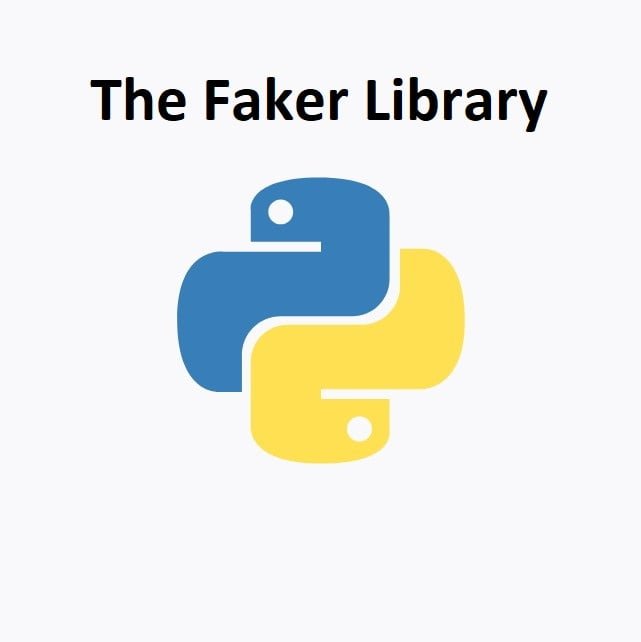
Effortless Currency Conversion in Python
Currency conversion is a vital aspect of financial analysis and international transactions. Integrating a Forex currency converter into Python streamlines this process, providing efficiency and accuracy. This guide explores how to utilize Python for currency conversion using Forex APIs, simplifying currency-related tasks.
The Forex Currency Converter Library
The Forex Python Converter is a versatile and powerful Python library designed for simplifying currency exchange rate calculations and currency-related tasks. It provides developers with an easy-to-use interface to access up-to-date foreign exchange rates, making it an invaluable tool for financial applications, international trading, and businesses that deal with global currencies. With the Forex Python Converter, you can effortlessly retrieve real-time exchange rates, perform accurate currency conversions, and even obtain additional information such as currency symbols and names. Whether you’re building a financial application, conducting international transactions, or simply staying informed about global currency markets, this library streamlines the process, making it an essential resource for developers in the world of finance.
You can install the Python Forex library using pip:
pip install forex-python
Python Code Examples
Below are some basic examples of how to use the Forex Python converter library.
Requesting User Input
This example requests a user input an amount they want to be converted. It then requests the from and to currency you want. Remember these need to be inputted with its list’s abbreviation:
- Great British Pounds would be
GBP - US Dollar would be
USD - Euro would be
EUR - Indian Rupee would be
INR
Etc…
from forex_python.converter import CurrencyRates
def convertCurrency(amount, from_currency, to_currency):
c = CurrencyRates()
converted_amount = c.convert(from_currency, to_currency, amount)
return converted_amount
amount = float(input("Enter the amount: "))
from_currency = input("From Currency: ")
to_currency = input("To currency: ")
converted_amount = convertCurrency(amount, from_currency, to_currency)
print(f"{amount} {from_currency} = {converted_amount} {to_currency}")Using Currency Symbols
You can even pull currency symbols from the library for better formatting results:
from forex_python.converter import CurrencyCodes
c = CurrencyCodes()
print(c.get_symbol('USD'))
print(c.get_symbol('GBP'))
print(c.get_symbol('EUR'))
print(c.get_symbol('BTC')) Comparing Currency Rates
The example below shows the rates between a chosen currency to each currency in the list, including their currency symbol:
from forex_python.converter import CurrencyRates, CurrencyCodes
# Create an instance of the CurrencyRates and CurrencyInfo classes
c = CurrencyRates()
currencySymbol = CurrencyCodes()
# List of currencies you want to convert to
currencyList = ['USD','IDR','GBP','EUR','CAD','JPY','RON','SGD','HKD','AUD','CNY','NZD','THB','INR','MXN','CZK','BRL','PLN','PHP']
#Select a currency to convert from
myCurrency = 'GBP'
# Loop through currency list and get conversion rate for each
for currency in currencyList:
rate = c.get_rate(myCurrency, currency)
symbol = currencySymbol.get_symbol(currency)
currencyName = currencySymbol.get_currency_name(currency)
print(f'1 {myCurrency} to {currencyName} = {symbol}{rate}')Conclusion
By leveraging Python and a Forex currency converter API, users can simplify and streamline currency conversions for financial analysis or transactional purposes. This guide equips Python developers with the tools to seamlessly integrate currency conversion functionalities into their projects.
There is much more you can do with the Forex Python Library, to learn more you can read the documentation here: Read the docs
That’s All Folks!
You can explore more of our Python guides here: Python Guides




